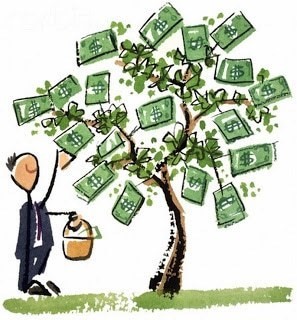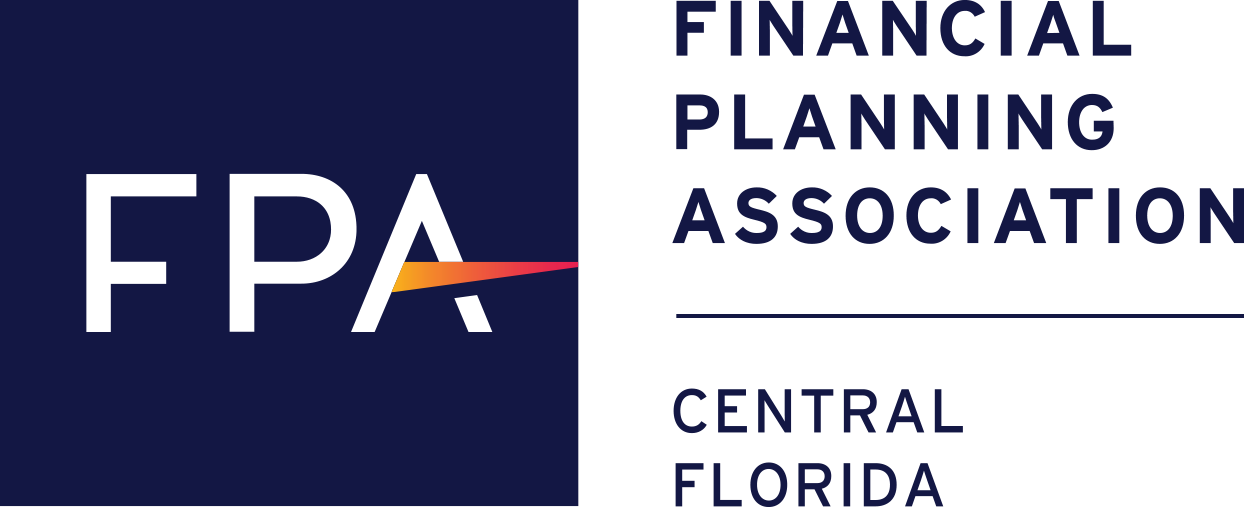
How to Be a Better Saver

As a nation, we clearly are better at spending our money than we are at saving it. That goes for our federal government, which has made a habit of running large budgetary deficits, and it goes for individuals and households, too. Indeed, according to a recent survey by GOBankingRates, 58% of adult Americans have less than $1,000 saved.
While we’re limited in our ability to influence how Uncle Sam manages its money, there’s plenty that individuals and households can do to improve their own savings habits, and by doing so, to put themselves in a much better position to fulfill personal goals like buying a home, funding a college education or building a nest egg for retirement, while also protecting themselves from an unexpected financial hit due to job loss, a medical crisis, etc.
Becoming a better saver is not just about the amount you save, but how, when and where you save it. Here the personal finance experts at the Financial Planning Association offer a series of straightforward steps to find a savings approach that works for you, without denting your lifestyle.
Start by adjusting your mindset. The numbers on how much a person may need for a home, a child’s college education and retirement can be daunting, says Karen Van Voorhis, a CERTIFIED FINANCIAL PLANNER™ (CFP®) professional with Daniel J. Galli & Associates, a wealth management firm in Norwell, MA. “That can lead to paralysis by analysis. People are so worried what to do first, second and third with their money, they end up doing nothing. We need to make peace with the fact that we have competing [savings] goals at all times, then take action.”
Also as part of that mindset adjustment, rather than taking the traditional approach and ranking spending in terms of needs, wants and wishes, view everything — your latte at the coffee shop, right on up to your retirement nest egg — as something that meets a need for you, then ask yourself, “What are my needs and how can I meet them?” suggests Van Voorhis. This helps to mentally reframe the spending/savings dynamic, so instead of approaching that dynamic from a place of scarcity, which, she says, can feel like going on a diet, you can view it from a behavioral perspective. Van Voorhis explains that shift in a recent blog post: “Looking for a way to avoid spending money on an all-inclusive resort vacation on an island? Dissect it – what need is it serving? Is it the warm weather that’s a drawing you? The island environment? The all-inclusive aspect? And, can any of those needs be met in another [less expensive] way?”
For younger adults, save early and save often. It’s not necessarily about how much you save but when you start and how consistently you do it, says Van Voorhis. In that regard, she strongly recommends people in their 20s and 30s save “early and often,” and that they do so “when you don’t necessarily have a reason for savings.” The sooner a person can put money into an investment vehicle that offers the opportunity for growth, the sooner they can begin to access the benefits of compounded growth over time. For younger adults who have more excess income because they don’t have multiple pressing financial responsibilities (a child, a mortgage, etc.), starting to save now can lead to a much more comfortable financial position later. It also establishes the positive savings habits that will serve a person well throughout their lifetime. “It doesn’t matter what you’re saving for, stick that money somewhere instead of spending what you have,” she advises.
Save a little if you can’t save a lot. “I’m a big advocate of doing it, even if it’s just a small amount a month. It’s that habit that will reward you in the end. Doing something is better than doing nothing.”
Take advantage of savings “hacks.” If you’re among the lucky ones whose employer offers to match employees’ retirement plan contributions once those contributions reach a certain threshold, do what it takes to reach or exceed that threshold, because those employee contributions amount to “free money,” says Van Voorhis. Also, if you have access to a high-deductible health insurance plan with a tax-favored health savings account (HSA), consider using the HSA for the triple tax advantage it provides. Contributions to an HSA net the contributor current-year tax deduction, any earnings or growth in the value of funds in the account are tax-free (up to $,3500 annually for an individual and $7,000 for a family in 2019), and funds withdrawn from the account come out tax-free if they are used for qualified healthcare/medical expenses. For those age 55 and over, there is an annual catch-up contribution of $1,000. People age 50 or above also can take advantage of federal “catch-up” provisions that allow them to contribute more to a qualified retirement account [401(k) and the like] on a tax-deferred basis.
Be smart about where you put your savings. Beyond tax-favored homes — 401(k)s and IRAs for retirement, HSAs for medical expenses and the 529 plan for college savings — what are some of the other viable options for housing your savings? High-interest savings and money-market accounts can serve as a great home for the liquid cash reserve that Van Voorhis recommends people keep to protect themselves financially from an unexpected expense. “This money’s job is not to give you growth but to be there in case of emergency,” she says.
Still, with the rates on high-yield accounts now higher, she suggests shopping around for the most favorable rate. The website bankrate.com is a good starting point.
Automate to make saving a hands-off function, not a hands-on choice. Most banks today give customers online tools that enable them to automate deposits into retirement accounts, 529 college savings plans, HSAs, savings accounts and more. The “set and forget” approach takes the guesswork and choice out of the process, helping to reinforce a person’s commitment to saving, says Van Voorhis. “There’s a lot of evidence to suggest that automating savings contributions is the best way to go.”
